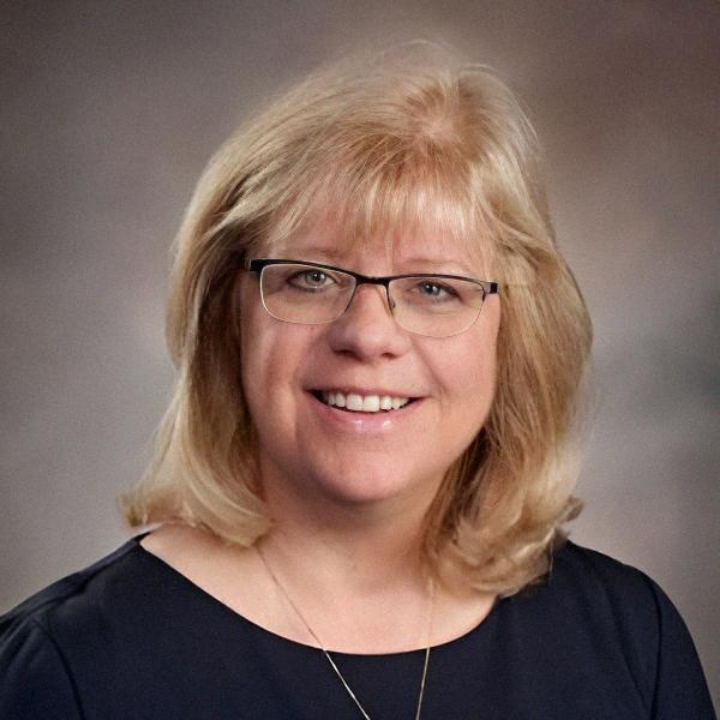Who Is the God We Worship? (Article of Faith I – The Triune God)
Have you ever stopped to ask: What kind of God do we believe in? Is He far away and unreachable? Is He silently watching from a distance? Is He just a force in the universe — or something far more personal and powerful? If these questions have crossed your mind, you’re not alone. And you’ve come to the right place. Because the Church of the Nazarene answers this question with both clarity and reverence. Let’s begin with the words found in Article of Faith I, Paragraph 1 of our Church Manual: “We believe in one eternally existent, infinite God, Sovereign Creator and Sustainer of the universe; that He only is God, holy in nature, attributes, and purpose.” Take a moment to let those words soak in: 🕊️ Eternal 🌌 Infinite 👑 Sovereign 🔥 Holy He is not a man-made idea. Not just one god among many. He only is God — the one true God. But here’s the amazing part: His holiness doesn’t make Him distant. It defines His very nature — His love, His light, His purpose. And then the Manual says something even more awe-inspiring: “The God who is holy love and light is Triune in essential being, revealed as Father, Son, and Holy Spirit.” 🌿 So What Does That Mean? This is what we call the Trinity. Not three gods. Not one God wearing different masks. But One God — eternally revealed in three persons: God the Father God the Son (Jesus Christ) God the Holy Spirit Three persons. One being. Equal in power. United in purpose. Perfect in love. This truth is not just a doctrine in a manual — It’s a biblical truth, rooted in the story of Scripture from Genesis to Revelation. 📖 What Does the Bible Say? Let’s trace the presence and nature of this Triune God across Scripture: Genesis 1:1 – “In the beginning God created…” → The eternal Creator at work Deuteronomy 6:4-5 – “The Lord is one… Love the Lord your God…” → He is One, and He calls us into relationship Leviticus 19:2 – “Be holy, for I the Lord your God am holy.” → His nature is holiness Isaiah 6:1-7 – → A vision of God’s holiness and majesty that overwhelms the prophet Matthew 3:16-17 – → At Jesus’ baptism: The Son is baptized The Spirit descends like a dove The Father speaks from heaven → All three persons revealed together John 14:6–27 – → Jesus speaks of the Father and promises the Holy Spirit 2 Corinthians 13:14 – → “The grace of the Lord Jesus Christ, the love of God, and the fellowship of the Holy Spirit…” Galatians 4:4–6 – → “God sent His Son… and the Spirit of His Son…” Ephesians 2:13–18 – → Through Christ we have access to the Father by one Spirit 1 John 1:5 – “God is light…” 1 John 4:8 – “God is love…” ✨ So, Who Is the God We Worship? He is not distant. He is not silent. He is not unknowable. He is the Sovereign Creator, the Holy One, the eternal Trinity — Father, Son, and Holy Spirit. He is holy love, holy light, and the Holy One we adore. This is the God we worship in the Church of the Nazarene. And this is the foundation of our faith, straight from Article I of our Articles of Faith.








